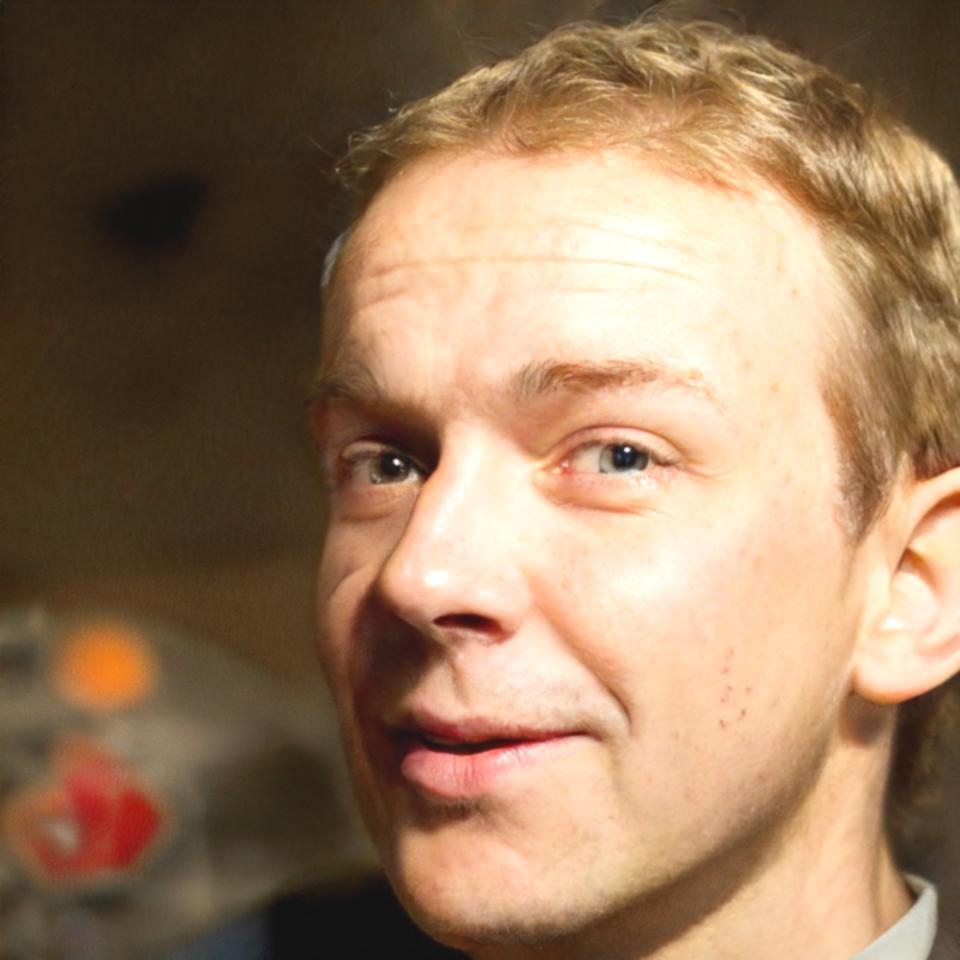Building Business Frameworks That Actually Work
Practical financial planning without the corporate nonsense
We started pholvarexin in 2019 because we kept seeing the same problem. Businesses—good ones, actually—would come to us after spending thousands on elaborate strategic plans that just sat on shelves gathering dust. Beautiful documents, sure. But useless for the people who needed to make daily decisions.
So we changed how we work. Instead of hundred-page decks, we focus on building systems that fit into real workflows. The kind you can actually reference on a Tuesday afternoon when you're trying to figure out whether to hire that extra person or invest in new equipment.

What Guides Our Work
These aren't aspirational values we put on posters. They're how we've been operating since day one.
Real Numbers Over Projections
We build models using your actual historical data, not industry averages. Every business has different margins, different cash cycles, different realities. Cookie-cutter forecasts don't help anyone make better decisions.
Tools You'll Actually Use
If a planning system requires three hours of data entry every week, nobody's going to maintain it. We design frameworks that integrate with how your team already works—whether that's QuickBooks, Xero, or even well-organized spreadsheets.
Plain Language Reporting
Financial jargon creates barriers. When we explain cash flow scenarios or investment trade-offs, we use words that make sense to everyone at the table—not just the finance person. Better understanding leads to better decisions.
Focused on What Matters
Not every metric deserves attention. We help you identify the five or six numbers that actually drive your business, then build monitoring systems around those. Everything else is just noise that wastes decision-making energy.
The People Behind the Planning
We're a small team, which is intentional. It means you work directly with the people who have years of experience in financial systems—not handed off to junior consultants after the first meeting. Everyone here has built businesses themselves or worked inside complex organisations trying to make planning actually useful.

Callum Threlfall
Strategic Planning Director
Spent eight years in corporate finance before realizing most strategic planning was theater. Now helps mid-market companies build frameworks that connect daily operations to long-term goals without requiring MBA translations.

Bjarni Lindqvist
Financial Systems Consultant
Turns messy data into clean decision-making tools. Former software developer who moved into finance because he got tired of building systems nobody understood. Specializes in making complex scenarios comprehensible.
How We Actually Approach Planning
We don't start with templates or industry best practices. We start by understanding how decisions get made in your business right now. Who needs what information? When do they need it? What format makes sense for their workflow?
Then we build backward from there. Sometimes that means integrating with existing software. Sometimes it means creating custom dashboards. Sometimes—and this surprises people—it means simplifying what they're already doing and removing steps.
- Initial discovery sessions focus on your actual decision-making patterns, not theoretical frameworks
- Financial models built using your real data, tested against your historical scenarios
- Systems designed to require minimal ongoing maintenance while staying current
- Training delivered to the people who'll use the tools, in language that matches their expertise
- Ongoing support available as your business evolves and new questions emerge